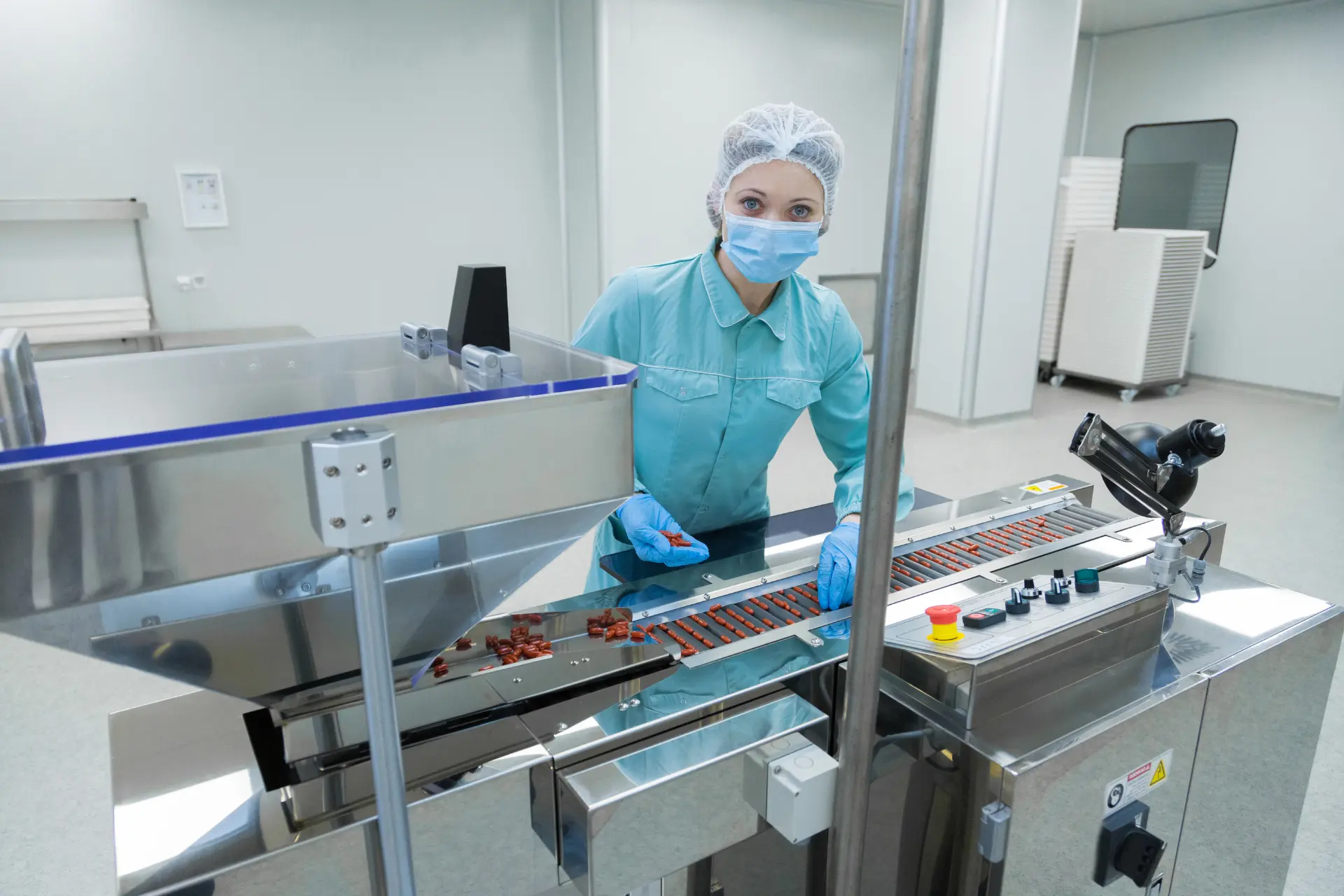“Translation is that which transforms everything so that nothing changes.”
Günter Grass
This quote neatly sums up what we should aspire to when localising food and beverage products and packaging. The idea that the ‘essence’ of the product that we are marketing in one country can be seamlessly transferred to another.
But sometimes it is not so easy, products may need to be redeveloped or tailored, packaging text needs to be translated into multiple languages and all content including marketing claims needs to be checked so that it still makes sense to a local consumer, taking into account not just language but also local regulations, religion and culture.
It is a complex process, so how can we improve our agility, optimise our processes so that we can respond more quickly to new market opportunities and localisation requests?
In this blog post we look at why we need to localise products and packaging, what needs to be considered and current best practice. We also make some predictions for the future.
Why localise and translate?
Localising a product and its packaging extends the product’s reach.
The main drivers behind translation are:
Legal compliance – most countries require food labelling on the packaging to be presented in the local language. The accuracy of this translation is extremely important for example, in the communication of ingredient composition, allergen and safety information.
Marketing – above the minimum translation requirements on the product package, communicating to consumers in their local language can be a worthwhile investment to ensure the marketing message is being well received.
Brand image – translating all elements to local language can improve consumer trust and brand image. This also includes localising after sales communication and consumer care.
What are the considerations?
There are important considerations when preparing a product for a different market.
According to opentoexport.com (the free information service provided by the Institute of Export and International Trade), these can be summarised as follows:
Regulations
The product, packaging and labelling needs to comply with the regulations of the country that is being exported to. This includes the labelling of the product where local regulations can define the context and location of content such product description, ingredients, nutrition and declared weights or volumes. Also, important to consider is the packaging and any local recycling and sustainability legislation and the product composition itself; in some markets, the use of certain ingredients is restricted
Language
Aspects of the labelling will require translation into the local language either as a regulatory requirement or to promote consumer trust. It may also be a requirement to add additional statements to the package or label relating to the origin of the finished product and its primary ingredients. Also, important to note is that different markets will have different rules on the official languages that need to be represented on the packaging e.g. Belgium requires Dutch, French and German.
Local customs
It is important to research into local customs in order to be satisfied that products will be accepted in the local marketplace and marketing claims or brand names are not mis-represented. In some countries e.g. Japan, it is customary for food products to carry a picture of the produce inside
Packaging
Exporting a product may mean using methods of transport e.g. sea that are not encountered in the primary market. It is therefore important to ensure products can withstand the shipping process and are suitable for various modes of transport
What are the current approaches?
Food and beverage manufacturers, retailers and brand owners generally use a mix of approaches to satisfy their localisation requirements.
Agencies
Agencies offer services from pure translation through to more holistic approaches such as localisation (providing translations that are more culturally suitable for a specific market) and transcreation (a more creative, less word for word approach that ensures a translation makes the same impact on the reader as the source text)
Translation Memory
A translation memory is an application or data source that stores the current, optimised translation for phrases once they have been translated, for use again and again on other projects. This saves time and cost on new projects and achieves a level of contextual consistency. Translation memories are fundamental to the way that agencies work and respond to translation requests.
Retailer, Manufactures and Brands
Retailers, manufacturers and brand owners are also keen to maintain their own translation memories as internal resources in order to own the IP that they contain and also reduce unnecessary translation re-work and cost. The sophistication of translation memories can range from the storage of commonly translated phrases in an Excel file through to dedicated translation memory applications.
Important in the context of food & beverage products are the local regulations of the market where the product that will be sold. Therefore, systems or applications that can automate content creation such as ingredients composition based on market regulatory business rules and translation memory can achieve a high level of consistency and accuracy and drive down spending on translation services.
Local market reps
In all cases, a local language speaker is generally required to review the final pack copy and/or artwork. Companies find that using a contact in the local market office is a good way to achieve a local language second opinion from someone that is familiar with the product portfolio and sympathetic to the project objectives
What is the future?
It is expected that natural language processing in the form of trained adaptive neural machine translation (ATNMT) engines is poised over time to reduce our reliance on translation memories and replace them with a machine learning approach (Forbes Tech Council report Nov 2019).
ATNMT engines can use big data and neural algorithms to continually adapt and optimise the translations they provide. This gives them the potential to tailor translations on the fly according to a specific product category or the demographic of the end reader.
As with any machine learning applications, ATNMT engines will progressively improve accuracy over time as more data and experience is assimilated. Already they are considered to be on a par with the output of a translation memory approach.
So ATNMT engines and applications are an emerging technology that is set to disrupt the way we localise and translate our content in the future, but in a good way, a way that will provide richer content to our local consumers.
Combining market and regulatory business rules and ATNMT will provide us with the agility and accuracy we crave for in product localisation.
The question is when, but it is probably sooner than we think.
About 4Pack
4Pack is the leading end-to-end product and packaging software for the Food & Beverage industry.
4Pack is a SaaS (software as a service) solution which helps brands and manufacturers manage their product and launch update process more efficiently.
Our platform links four key technologies together that allows you to drive efficiencies, speed up time to market, streamline your processes and increase collaboration between teams, internal and external.
4Pack allows you to:
- Centralise your product, ingredient and packaging data for all markets
- Synchronise your artwork briefing, creation and approval
- Manage all your NPD and EPD projects in one integrated solution
- Create a digitally connect repository for valuable assets
Importantly, in the context of this topic, 4Pack smooths out any ripples in your localisation process by:
- Being able, from the outset, to store and version control multi-lingual copy for any language (including right to left reading languages such as Arabic and Hebrew).
- Maintaining a translation memory of frequently used phrases and individual ingredient translations.
- Managing individual translation requests and approvals via in built workflows
- Leveraging the internal translation memory to automate pack copy creation e.g. language specific ingredient lists according to market and/or regulation specific business rules
For more information email contact@4-pack.co.uk or visit www.4-pack.com.



